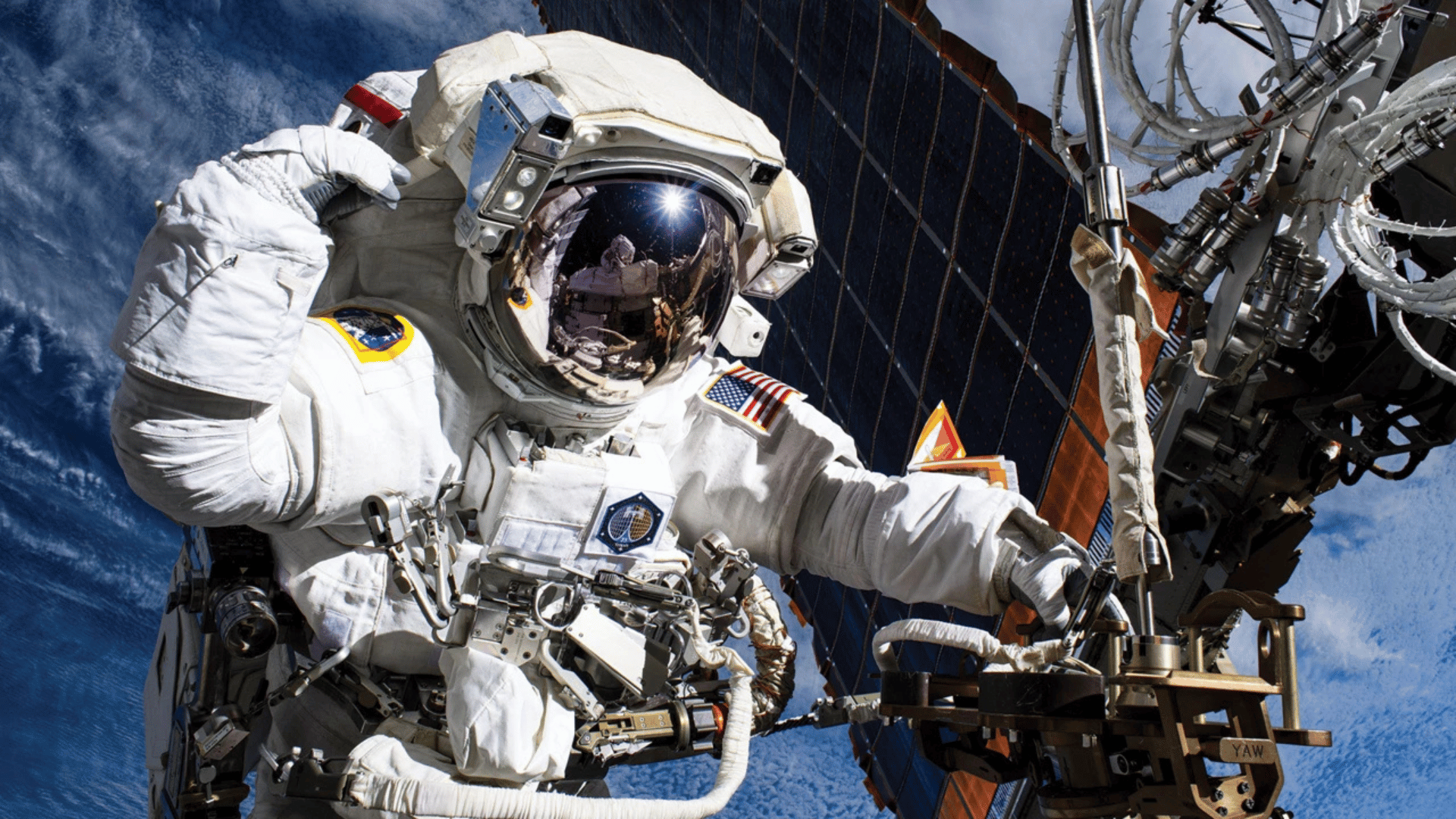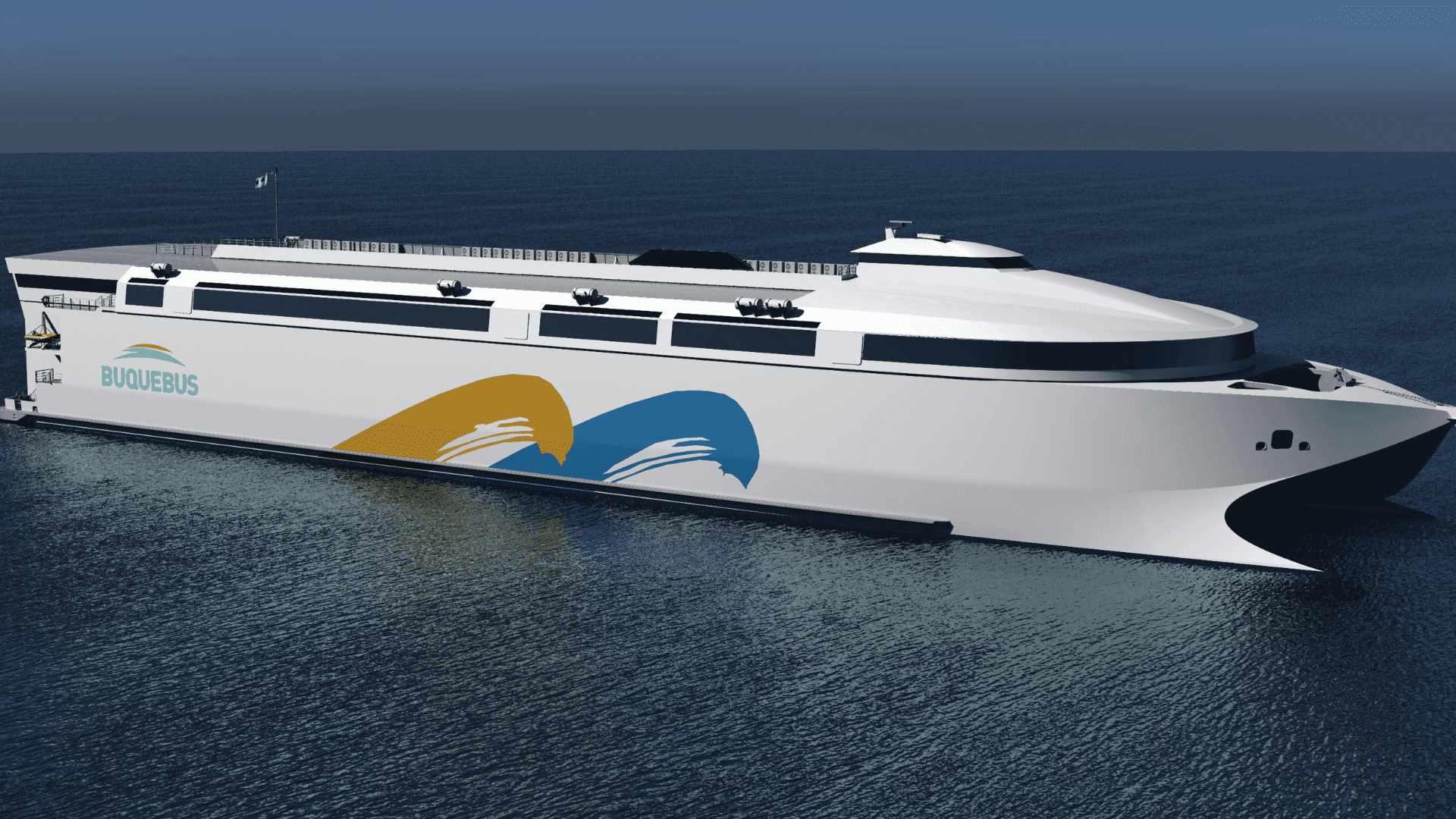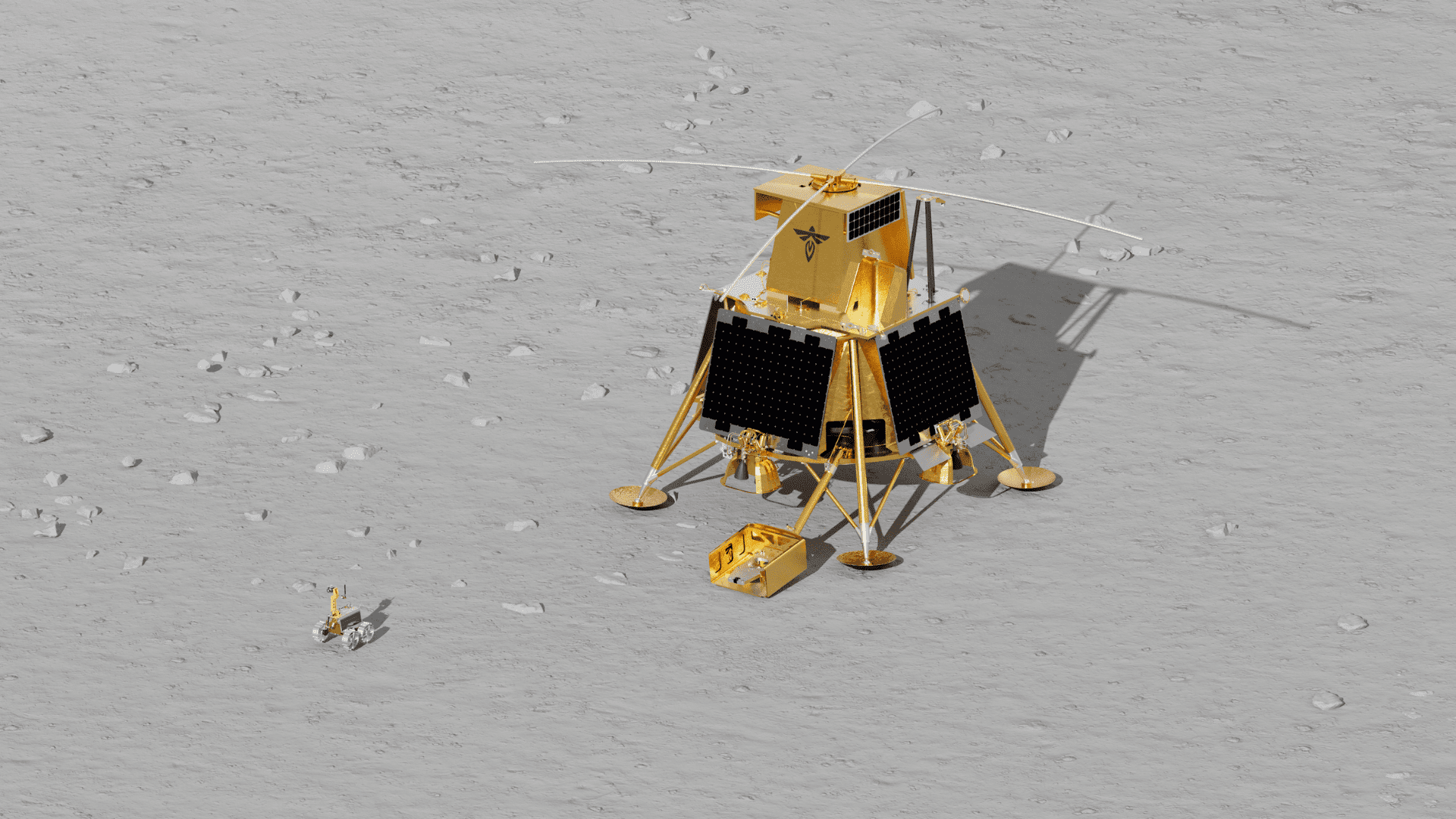An international team from the University of Warwick, ZARM at Bremen, and Georgia Tech has developed a system that uses magnets to separate oxygen bubbles from water.
Charging Up Space Oxygen Production

Producing oxygen in microgravity using traditional systems in the International Space Station (ISS) requires large, energy-intensive machines. The size and lack of energy efficiency make these systems impractical for long missions.
Researchers found a way to separate oxygen bubbles from water during electrolysis using only small magnets. By exploiting how water and electrolysis currents interact with magnetic fields, the team can guide bubbles to collection points or spin them away, mimicking the effect of a centrifuge, which requires minimal maintenance and no heavy equipment.
“We were able to prove that we do not need centrifuges or any mechanical moving parts for separating the produced hydrogen and oxygen from the liquid electrolyte. We do not even need additional power. Instead, it is a completely passive, low-maintenance system,” said Professor Katerina Brinkert, professor of Human Space Exploration Technologies & Director at ZARM.
In the early experiments, oxygen collection efficiency increased by up to 240 percent. These results are a positive step in sustainable human space exploration, as they would allow for lighter, more robust life-support systems.
In chemical engineering, “there’s this assumption that everything has been invented—there’s not much to really innovate,” stated David Fernandez Rivas, a chemical and biomedical engineer at the University of Twente who was not part of the work. Magnets are one tool that controls the processes at the microscale, where much remains to be discovered, he says. “We actually can improve a lot of electrochemical processes by controlling the microscale.”
The team’s next step is to validate the approach in real space conditions by testing it in suborbital rocket flights.
The findings of the study, funded by the German Aerospace Center, the European Space Agency, and the National Aeronautics and Space Administration, have been published in the journal Nature Chemistry.







